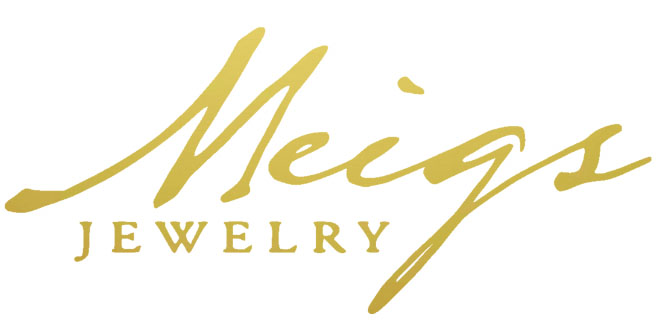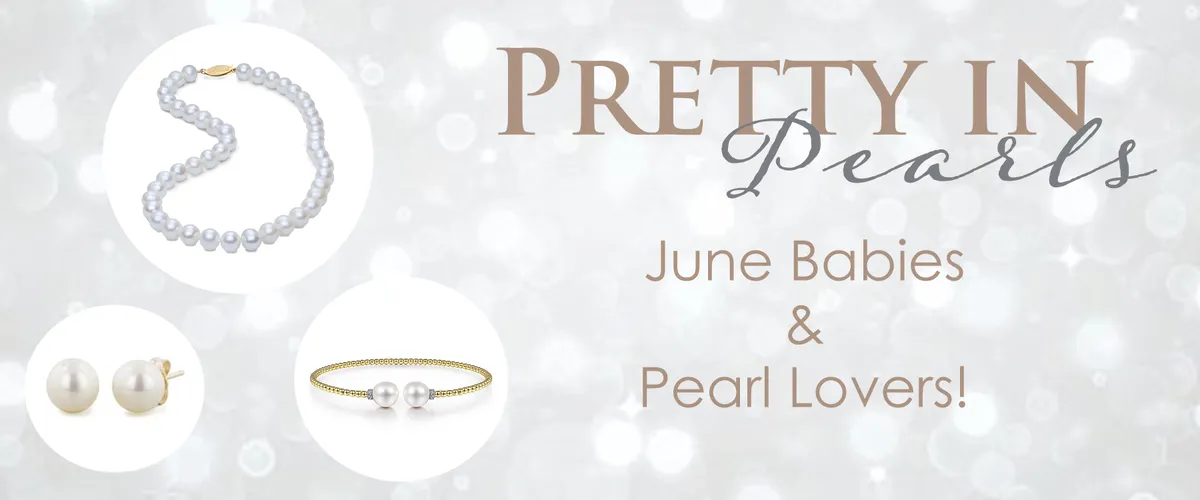
People around the world have loved pearls. From the time they were discovered until today, they have been a timless treasure.
Dating back as far as 2300 BC, Chinese royalty received pearls as gifts. In ancient Rome they were known to be a sign of high status. Pearls were such a prized possession that in ancient Roman times pearls were considered a sign of wealth and higher status. Julius Caesar actually passed a law that limited the ability of wearing pearls to only the ruling class. It is obvious that the pearl's reputation has stood the test of time.
Here are some fun facts about pearls. No matter your taste, your birthstone or your style - pearls are a classic gem that facinate us all.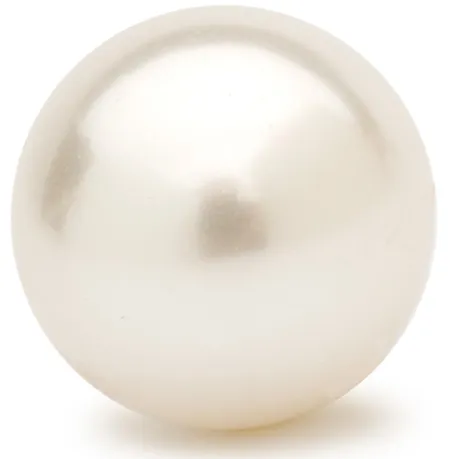
1. Pearls are one of the Official June Birthstones.
For years Pearls are said to bring love, luck, wisdom and peace. Their white lustre is associated with purity and light. Many believe that it aligns with the Gemini zodiac sign. It is also believed in Ancient Greece that Aphrodite herself, the Goddess of Love, cried tears of joy which fell to the ground as pearls.
It is easy to see why pearls are such a treasured gift to give someone who is born in the month of June.
2. It takes 6+ months for a pearl to form. They are the only gemstone to come from a living creature.
Each type of pearl takes a specific time to form. However, in every case it takes at least 6 months for a pearl to completely form. Pearls aren't formed like other gemstones. They are formed in mollusks which are actual living creatures. Mollusks live in marine and freshwater habitats. There are thousands of mollusks alive today. Any mollusk that can produce a shell can also make a pearl. Today, thanks to the pearl undustry, more pearls are produced than any other time in history.
Pearls can grow anywhere from .3mm to 5mm a year. The Akoya Pearls grow the slowest at about .3mm a year. This is why they are more expensive that cultured or natural pearls.


In cultured pearls a pearl farmer sets a small piece of sand or a bead inside a mollusk. The sand forms into a pearl when the mollusk starts to slowly cover the foreign object with nacre.
Natural pearls for the same way excpet without human interaction. They are formed when a foreign object (nucleas) travels and finds its way into a mollusk. The mollusk then starts to cover it with nacre just like with the cultured pearl process. The finaly shape of a pearl depends on the shape of the nucleas the mollusks started with.
Pearls can grow anywhere from .3mm to 5mm a year. The Akoya Pearls grow the slowest. Sometimes as little as .3mm a year. This is why they are more expensive than cultured or natural pearls.
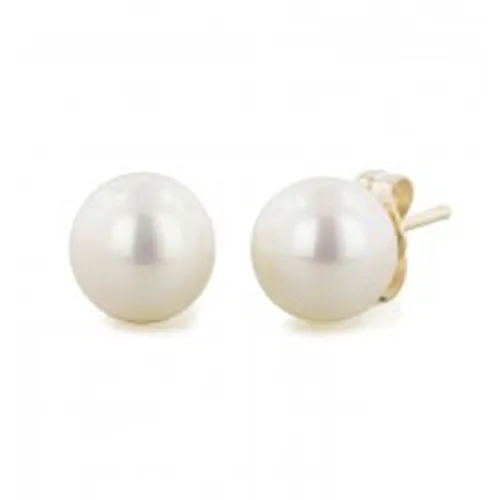
14K YELLOW GOLD 6-7MM PEARL STUDS $129
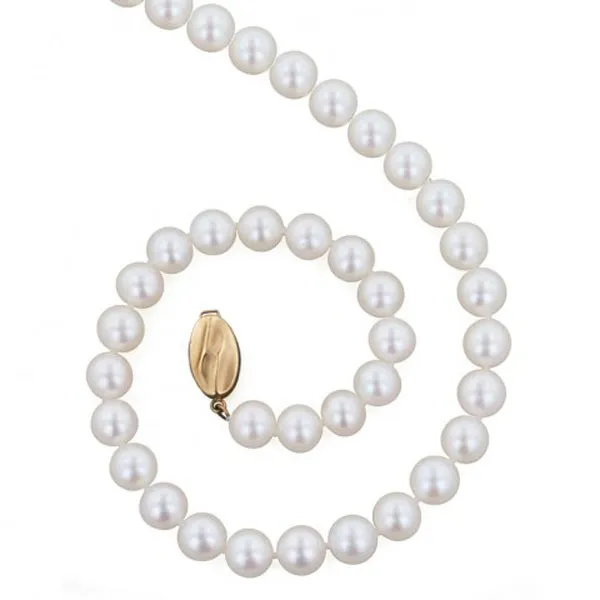 14K YELLOW GOLD 16" 7MM FRESHWATER CULTURED PEARL STRAND $749
14K YELLOW GOLD 16" 7MM FRESHWATER CULTURED PEARL STRAND $749
3. The world's most expensive pearl is valued at $100 million dollars.
It came from a burnt down house. That's right. This pearl had been kept under a bed as a good luck charm for 10 years before it was found in the home's ashes in 2016. It was originally found of the coast of the Phillippines inside of a giant clam. $100 million dollars? Why? The pearl was measured at 26" incles long and weighed in at almost 75 pounds! 
4. Cleopatra used pearls to host the world's most expensive dinner.
It is said that Cleopatra bet Mark Anthony that she could serve a more expensive dinner party than he could, the world's most expensive one at that. He took the bet. She took both pearls she wore as earrings off her ears. These pearls were known at the time to be the world's largest pearls. She took the pearls and tossed them into two glasses of vinegar that her servants brought to her. Obviously they dissolved. Cleopatra then drank the pearl mixture making it the most expensive mixed drink in history.

5. Pearls come in a variety of sizes and shapes.
4 Main pearl types: Freshwater, Akoya, Tahitian, South Sea and Baroque Pearls.
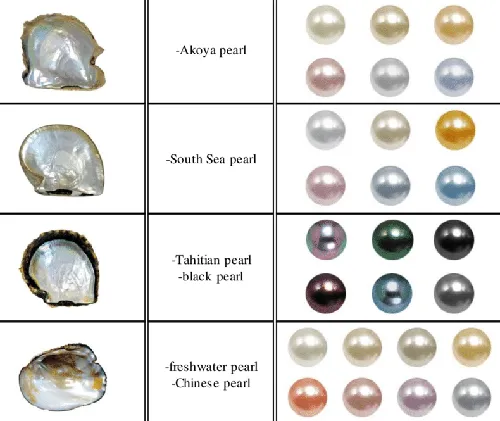
Akoya pearls have a gorgeous appearance and present the most symmetrical shape. They form in Japanese and Chinese salt water.
Freshwater Pearls can most generally be found in rivers and lakes across China. This pearl style is the most common type and are therefore the most popular priced pearl. Freshwater pearls are often found in lighter shades of pinks, yellows and creams. 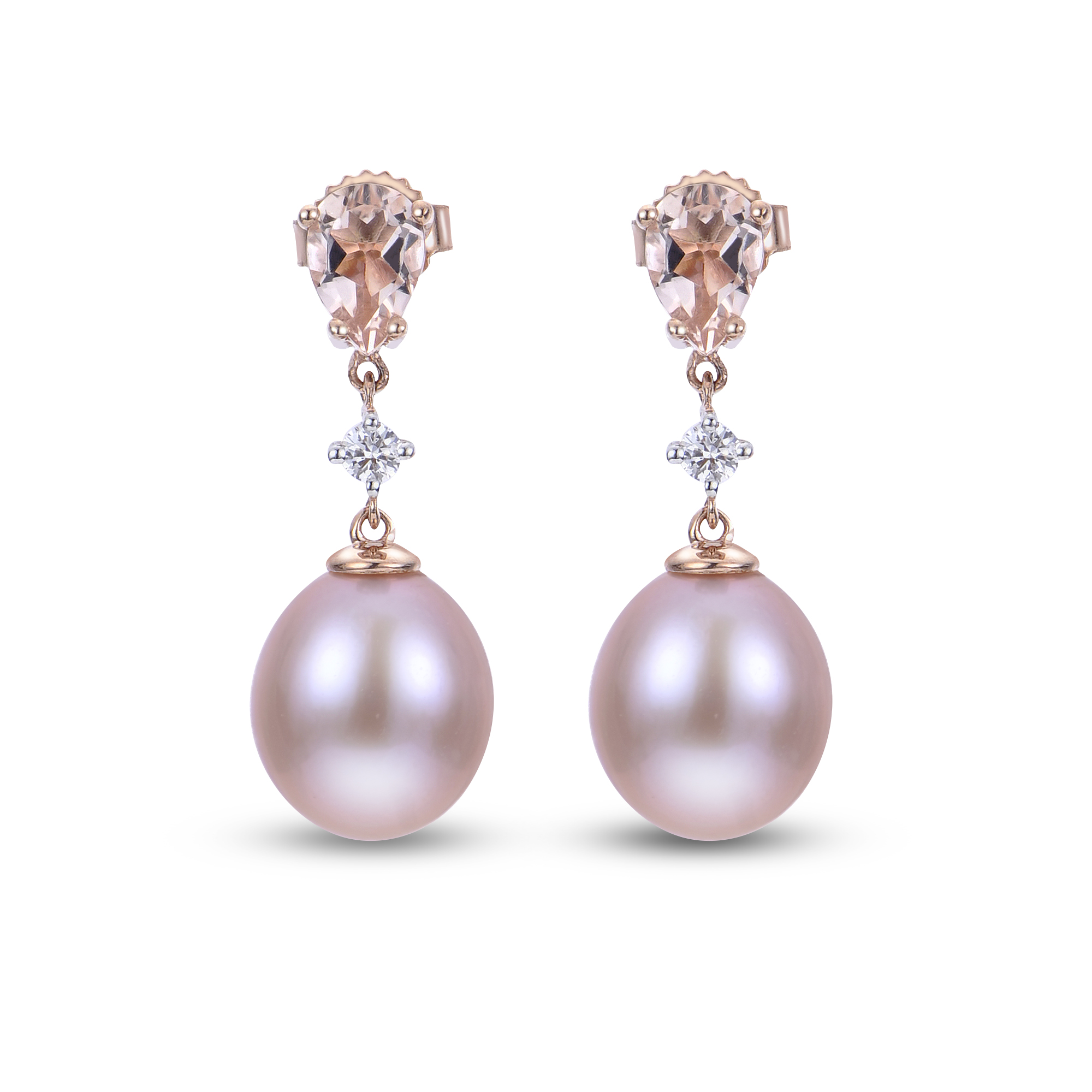
14K ROSE GOLD NATURAL PINK PEARL, DIAMOND & MORGANITE EARRINGS $779
South Sea Pearls are larger in size. They typically form in cream, white and tan colors. They are found in Australia and Phillippine waters.
Another saltwater pearl is the Tahitian Pearl. They are often referred to as 'black pearls' However, the come in colors like gray, blue, purple and green. Tahitian Pearls are formed in the islands of the French Polynesia.
Pearl Shapes are as diverse as pearl types. Pearl formation starts with a nucleas. The shape of that nucleas is what determines the final shape of the pearl.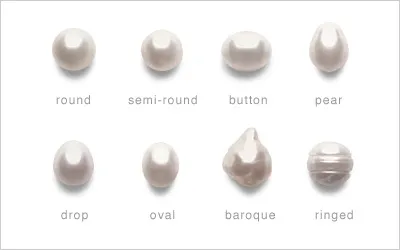
Rounds are the most in demand of all pearl shapes. This is also why they are the most valuable. Round pearls are perfect spheres.
To the untrained eye, semi round pearls may look like rounds. Semi rounds have very small inconsistencies that make them slightly less superior than the perfectly round pearls.
A teardrop is of similar shape to a Drop Pearl, which is where they get their name. Althought they are not symmetrical in shape like the round, they are symmetrically extended and are very valuable if they have an even pear shape.
Baroque Pearls are very sporadic in shape. They are the opposite of round pearls with no 2 being the same. Each one is unique and they are much more affordable than the other shapes.
Pearls continue to be a jewelry staple. Whether you like the classic pearl strand, like this one...

14K YELLOW GOLD 18" AKOYA PEARL STRAND $1149
or if you like something a little different like this one...
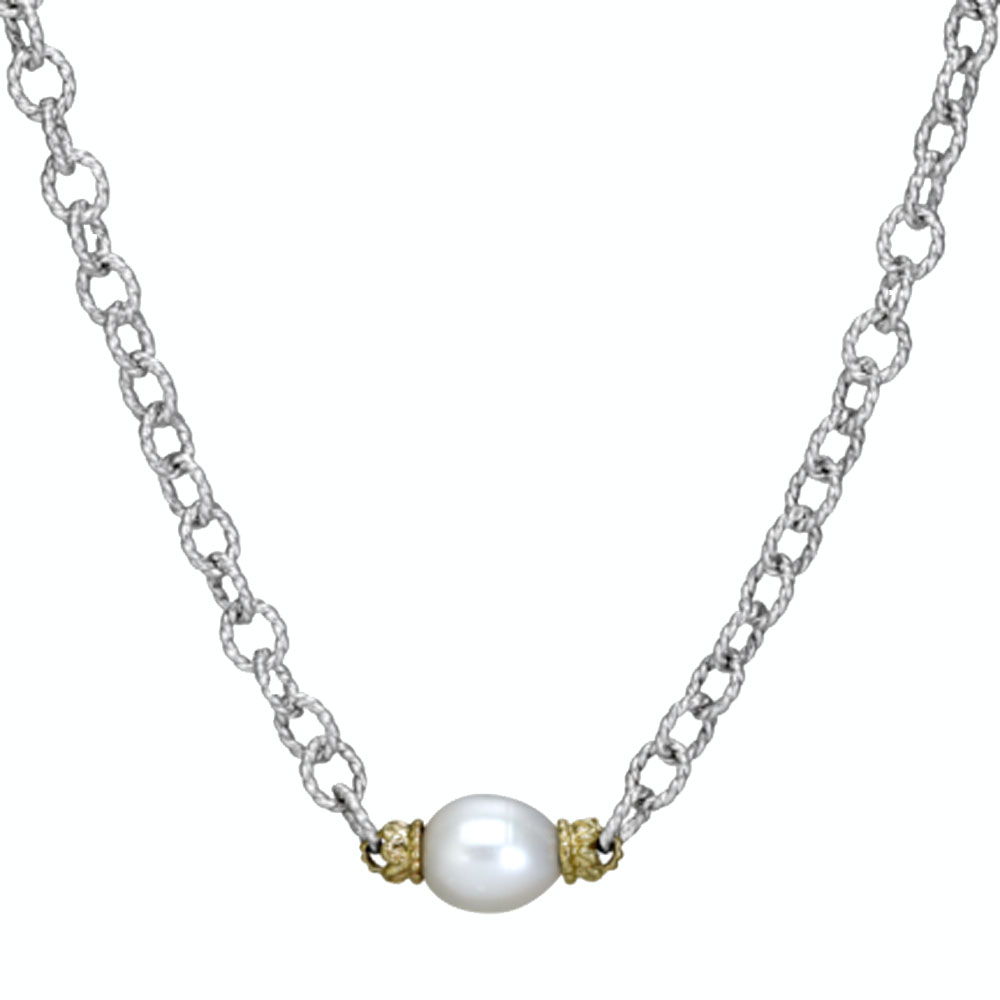 14K & STERLING SILVER VAHAN NECKLACE $999
14K & STERLING SILVER VAHAN NECKLACE $999pearl jewelry is always in style.
Meigs Jewelry has a case that is devoted to pearls and all the sizes, shapes and colors they come in. Come see what we have. Whether you are just a pearl lover, have a June birthday or are shopping for someone who does, we will help you find the perfect piece.
https://www.brainkart.com/article/Pearl-Culture_33301/
https://www.thepearlsource.com/blog/pearl-facts-beautiful-organic-essence-pearls/?gclid=Cj0KCQjw1ZeUBhDyARIsAOzAqQLHbdCez6XP0NAfsekJ_eaqco_IWtGUpCsYAyCQmKjryO89LYDJ5jIaAvJ_EALw_wcB
https://discover.motley-london.com/a-history-of-rebel-pearls/
